Following Indigenous Peoples’ Day, we must continue to recognize that all of us here in New York City live on unceded Lenape territory. Despite having the largest urban population of Native Americans in North America, NYC continues to recognize Columbus Day in our schools and many workplaces. Our colonist history is remembered daily through an Avenue, Square, and monument. When we celebrate Columbus, it perpetuates a white supremacist narrative that erases the lives, deaths, and continued harm of Indigenous people.
The day is a strong reminder for us all to include and center the rights of Indigenous people in our ongoing fight to end white supremacy. The upcoming election is a chance for us to vote for change; however, as we’ve written previously, BIPOC are often those most at risk of being unable to cast their vote.
After centuries, Native Americans and Alaska Natives were finally given the right to vote under the Voting Rights Act of 1965 (40 years after the Indian Citizenship Act). Since its passing, though, discriminatory laws and policies have disregarded and targeted Indigenous voters. Major lawsuits in 2012 and 2018 challenged some of these barriers, establishing satellite voting offices and helping relieve some voter ID laws. Today, there are 4.7 million Indigenous people of voting age but turnout is the lowest in the country, with voters in both urban and rural areas facing obstacles to registering, voting, and having their vote counted.
Many people living on reservations have “untraditional addresses'' or use P.O. boxes for their mail, making it more difficult for them to both register and cast their vote. And with post offices sometimes few and far away (the Tohono O’odham Nation reservation has only one post office for land the size of Connecticut; some Navajo Nation members have to travel up to 150 miles round trip), voting by mail can be an unrealistic option. Expanding voting access would include longer mail-in periods, additional ballot drop boxes, and ballot collection. For in-person voting, polling places must be nearby, safe, and convenient. Overall, voter ID laws must be expanded and the ballot must account for language accessibility. Current challenges to these laws include a win last month in Montana and an ongoing case in Arizona.
For some Indigenous people, voting is also fraught with distrust. To vote is to participate in the system of oppression that has murdered communities and stolen land. Where a vote furthers an unjust system, energy could instead be put into dismantling it and cultivating something better.
Indigenous people have called for the return of stolen land and the removal of white supremacist monuments across the country. This summer, land defenders fought for the removal of Mount Rushmore and the return of the Black Hills land to the Oceti Sakowin. Just last month on Long Island, two laws were adopted in Southampton after the Shinnecock Indian Nation (which only received federal recognition in 2010 despite living on the land for 10,000 years) demanded protection for their burial grounds.
Indigenous sovereignty is racial justice. To dismantle white supremacy, we must break from settler colonialism and capitalism and move toward the liberation of Indigenous people and the return of stolen land. And we must make sure our work does not end at the ballot box.
Join us and take action:
Support the Manna-hatta Fund, which engages settlers to move resources to the American Indian Community House. AICH provides direct services, community, cultural events, and voice to Indigenous people in the NYC area.
Sign this petition demanding Mt. Rushmore and all Public Lands in the Black Hills be returned to the Oceti Sakowin.
Support the LANDBANK campaign. Amplify on social media by following the NDN Collective on Instagram | Facebook | Twitter and using the hashtags: #LANDBACK #DefendDevelopDecolonize #IndigenousPeoplesDay2020.
Find out more about the land you live on, protest Columbus Day, and advocate for incorporating Native history into schools. Learn about land acknowledgement, returning land, and Native American history.
Take care,
SURJ NYC
